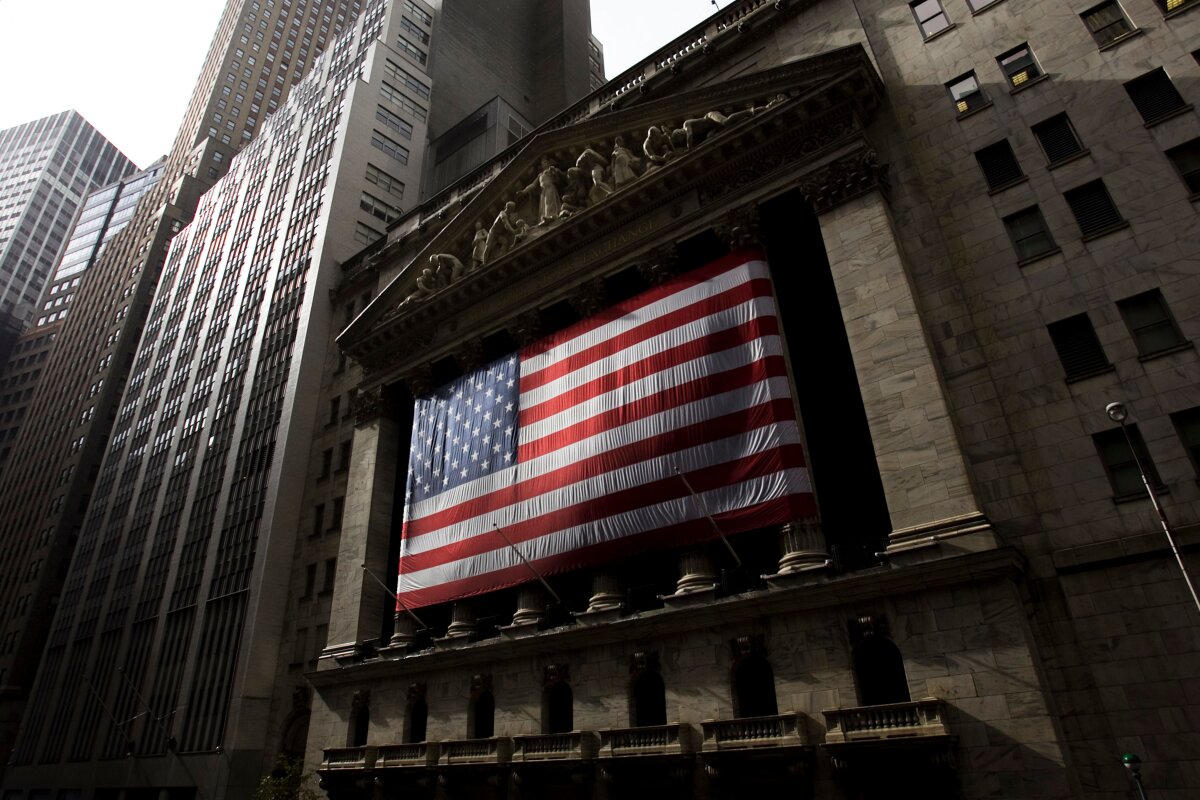The US education system is one of the best and globally recognized systems. It encourages diversity and provides a wide range of opportunities. The increasing federal control of public schooling illustrates the belief that if America is to maintain its economic superiority and global competitiveness, education must be a national responsibility.
Public Education
The United States public education system provides free, universal basic schooling to students of all ages and backgrounds. It is administered by state governments, which set overall educational standards and sometimes mandate standardized tests for their K–12 public school systems. In addition, many states oversee the administration of higher education through a board of regents or equivalent body and the universities and colleges that operate under them.
The education system varies between states and school districts, with local decisions making up most of the variation in curricula, policy and personnel. In most schools, students earn credit by taking courses and completing assignments that count towards the completion of an academic program. Typically, courses are divided into “core” subject areas that provide the foundation of the program and “major” subjects that offer specialization in a particular field. Students can also take “elective” courses to explore other topics that interest them for a more well-rounded education experience. The academic year is usually split into two terms of 16-18 weeks each known as semesters.
Education reform has become a national obsession in the United States, with both liberal do-gooders and conservative culture warriors looking to schools as key institutions for achieving public goods. While the actual governance of most American public schools remains local, the federal government has more active control over education than at any time since the apex of the Great Society programs of the 1950s and 1960s. With the establishment of the Department of Education, the shock of A Nation at Risk and a focus on standards-based reforms like No Child Left Behind, education is increasingly nationalized.
However, many of the supposedly reformist ideas being touted for educational change are not related to learning itself but rather the engineering of some social outcome deemed desirable by a given political group or faction. As long as reform efforts are based on such a basis and not on improving student performance, real progress is unlikely. This is especially true when teachers spend much of their time filling out forms, teaching quasi-academic subjects dictated from above and boosting student self-esteem rather than engaging in the difficult business of learning.
Private Education
A growing number of students are choosing to study in private schools. These institutions offer a high level of education and comfortable residences. Students also have access to the latest technology and facilities. This makes them a very attractive option for international students who want to get an edge over their peers.
In the USA, private education has become more popular than ever. The country is home to over 3,000 independent schools. The majority of these schools are small and operate independently of public funding. Some are religiously affiliated, while others focus on the arts or sports. Students studying in US private schools often have more freedom than those who attend public school, as the curriculum is more flexible and allows them to focus on subjects they are interested in.
Unlike many Swiss or British private schools, American private schools don’t adhere to a nationwide curriculum. Instead, the US educational system encourages a broad understanding of different disciplines. This allows you to develop a well-rounded state of mind and choose subjects that suit your personality. In addition, US universities are known for their emphasis on research. This attracts the best and brightest scholars from around the world, providing you with an opportunity to learn from their experiences.
While private schools are expensive, many states have programs that help students afford them. These include scholarships, tax credits, and grants. Students can also apply for federal grants and loans to help pay for their education. These programs are designed to help students from low-income families. They are a great alternative to costly public schools.
However, there are some issues with these programs. For example, some programs require that children attend public schools for a certain amount of time before they can use the scholarship money to attend private school. This is problematic, because it can limit the amount of time students spend in their preferred school. Other issues involve the quality of private schools. A recent study found that students in wealthy communities receive better educations on average than those from poorer neighborhoods.
The government is taking a hard look at the benefits of these programs and ways to increase their effectiveness. For instance, Iowa’s new universal ESA program will require private schools that accept state funds to administer a state test to students, establish a curriculum that meets state standards, and submit annual information on the academic programming of their scholarship students. These measures may make it easier for parents to find a good match for their child’s needs.
Higher Education
The United States has a highly developed system of postsecondary education. The national government does not accredit or regulate the institutions, nor does it set curriculum or standards. Instead, these responsibilities are left to individual state governments. This explains why American higher education is so fragmented in structure. It is comprised of a community of public and private colleges and universities that are large and small, secular and religiously affiliated, urban, suburban and rural.
Many students begin their higher education at two year “colleges” – now often called “community colleges” – which provide an associate degree (e.g. in arts, business, or science). Those who continue on to four-year universities may receive a bachelor’s degree (e.g. in arts, astrophysics, or business). The degree may be obtained either through a liberal arts college (which is primarily a graduate school) or at a research university (which is primarily an undergraduate institution). Often, credits that are earned at one university can be transferred to another.
The emergence of the modern university in the USA can be traced back to the early 20th century. At the time, college enrollments were booming. Government patronage, in the form of research grants and loans, helped fuel growth. Many governors and legislatures viewed higher education as a key to economic development. This optimism fueled overextension and mortgaged the futures of the institutions. By the end of the 1980s, double-digit inflation and a stressed national economy eroded confidence in the institutions’ abilities to meet their financial commitments.
The US has a number of not-for-profit associations that promote professional development in the field of education and work to expand awareness about higher education issues. Some of these are devoted to specific disciplines, such as international student recruitment, while others focus on the overall management of higher education. The Association of Collegiate Registrars and Admissions Officers, for example, aims to develop professional standards in higher education. Other not-for-profit organizations offer guidance and assistance to families as they consider the costs of higher education. This includes providing information about scholarships and other types of financial aid, advising parents on how to choose the best college for their children, and helping students and their families navigate the complex financial considerations of a higher education.
Nonprofit Organizations
Nonprofit organizations can offer a variety of services to schools. These include tutoring programs, mentoring programs, and coaching programs. These programs can help students who have problems in school and encourage them to do better. They can also help teachers by providing them with resources for their classrooms. They can help improve students’ grades and overall graduation rates. These organizations are also committed to providing accountability to their students and schools.
The New Teacher Project is an organization that works to end educational inequality. Its goal is to bring great teachers to all students. It does this by training teachers to create engaging classrooms, focused schools, and strategic school systems. The organization also publishes policy reports and partners with schools to improve school leadership and culture.
Lumina Foundation is another nonprofit organization that works to provide access to higher education. Its goal is to have 60 percent of Americans hold a college degree or equivalent credential. The organization has partnerships with many different organizations, including public and private organizations and local governments.
Scholarship America is a nonprofit that helps low-income students attend college. The organization provides scholarships and advocacy for the needs of its students. Its advocacy efforts focus on policies and laws that support higher education and student success. Its Aid Like a Paycheck program helps students manage their financial aid and balance school and work by distributing it on a biweekly basis.
One of the largest philanthropic organizations in the world, the Bill and Melinda Gates Foundation has donated more than $30 billion to global education-related projects. It supports early childhood education, promotes college and career readiness, and reduces poverty in schools. The Foundation also provides grants for research and development to support education.
There are also numerous smaller, locally-focused organizations that work to improve the quality of education. These groups often focus on specific issues or communities, and some even provide volunteer opportunities for people who want to make a difference in their community. Some of these organizations include Big Brothers and Big Sisters, which matches an adult volunteer with a child for weekly meetings over the course of a year.

















Leave a comment